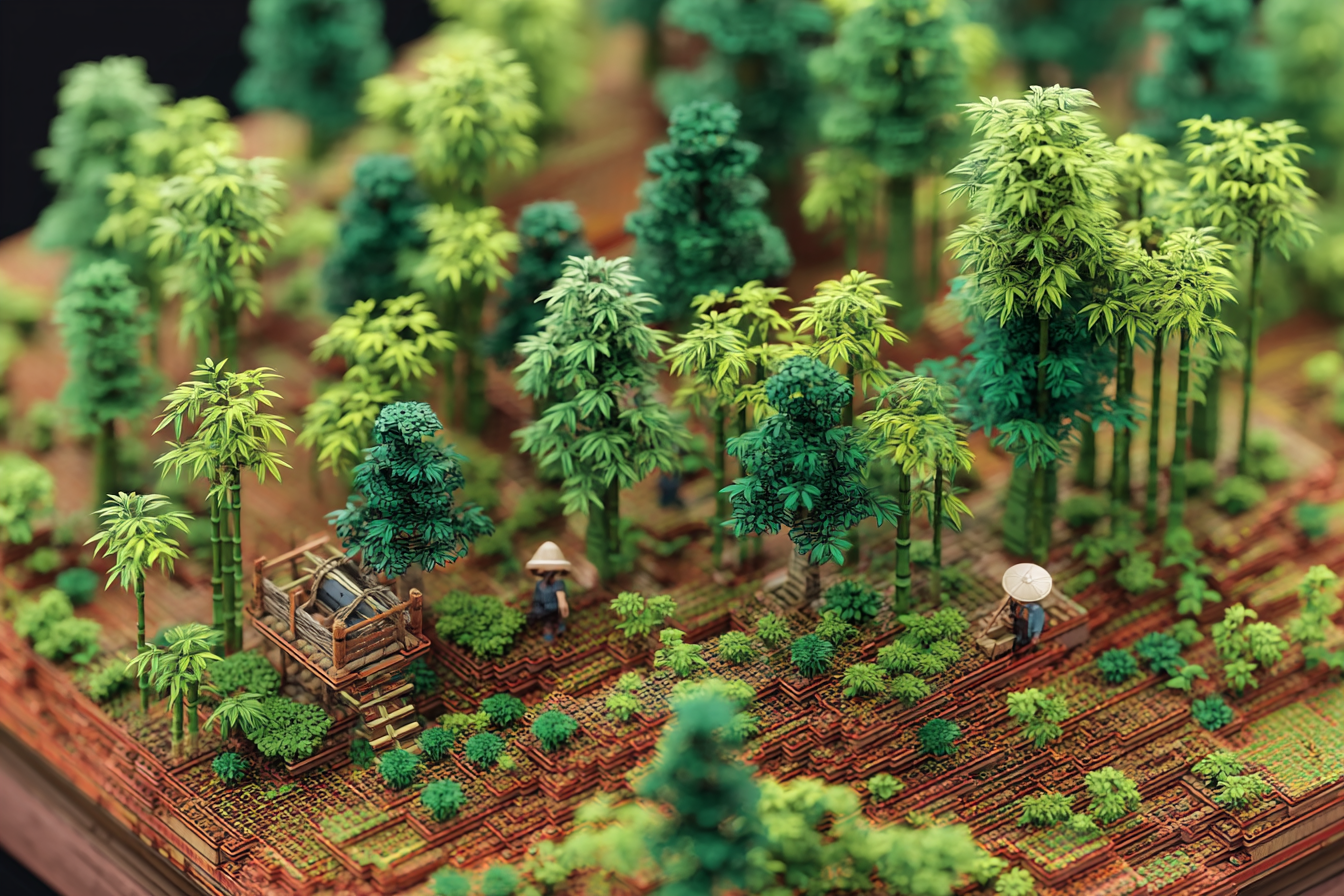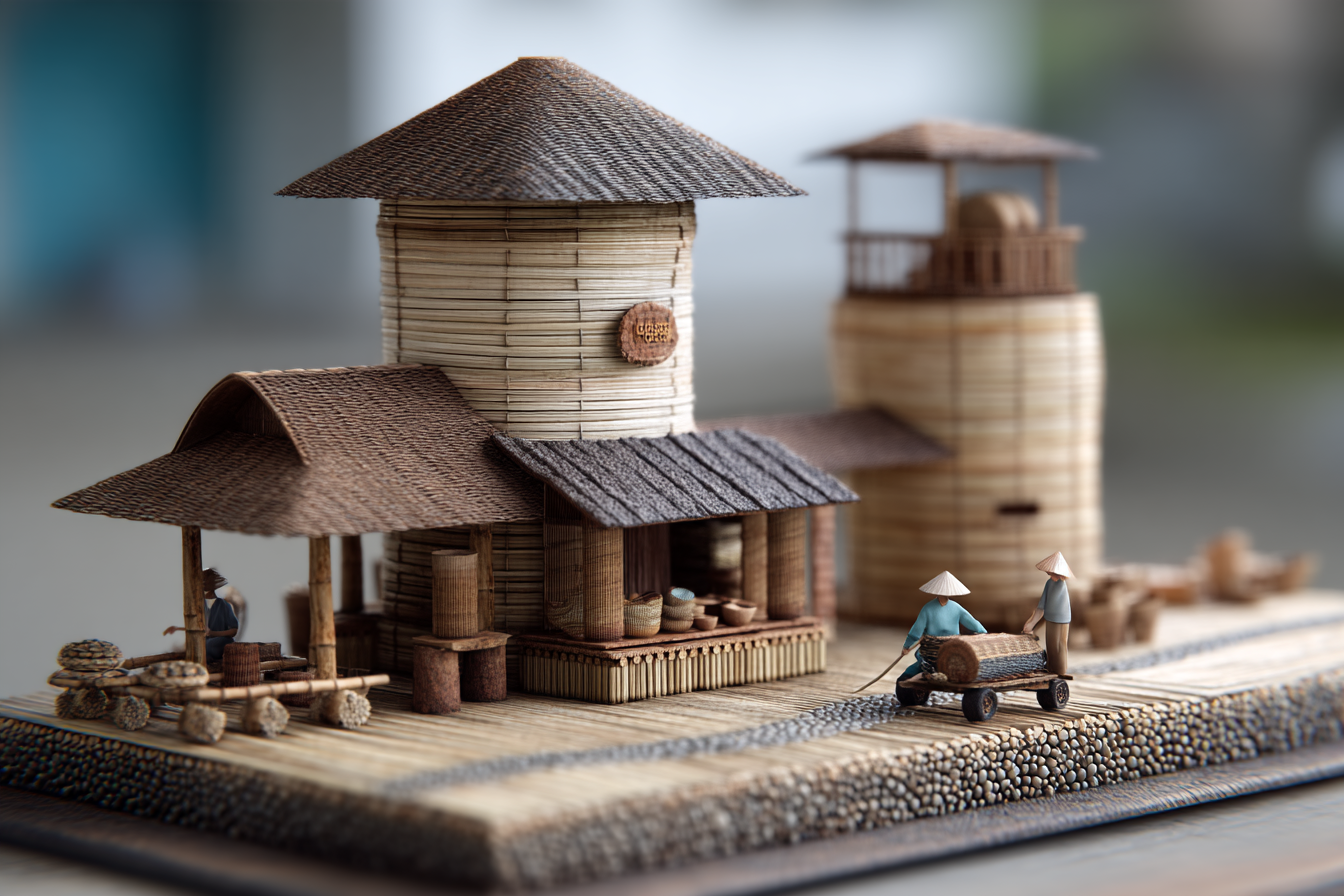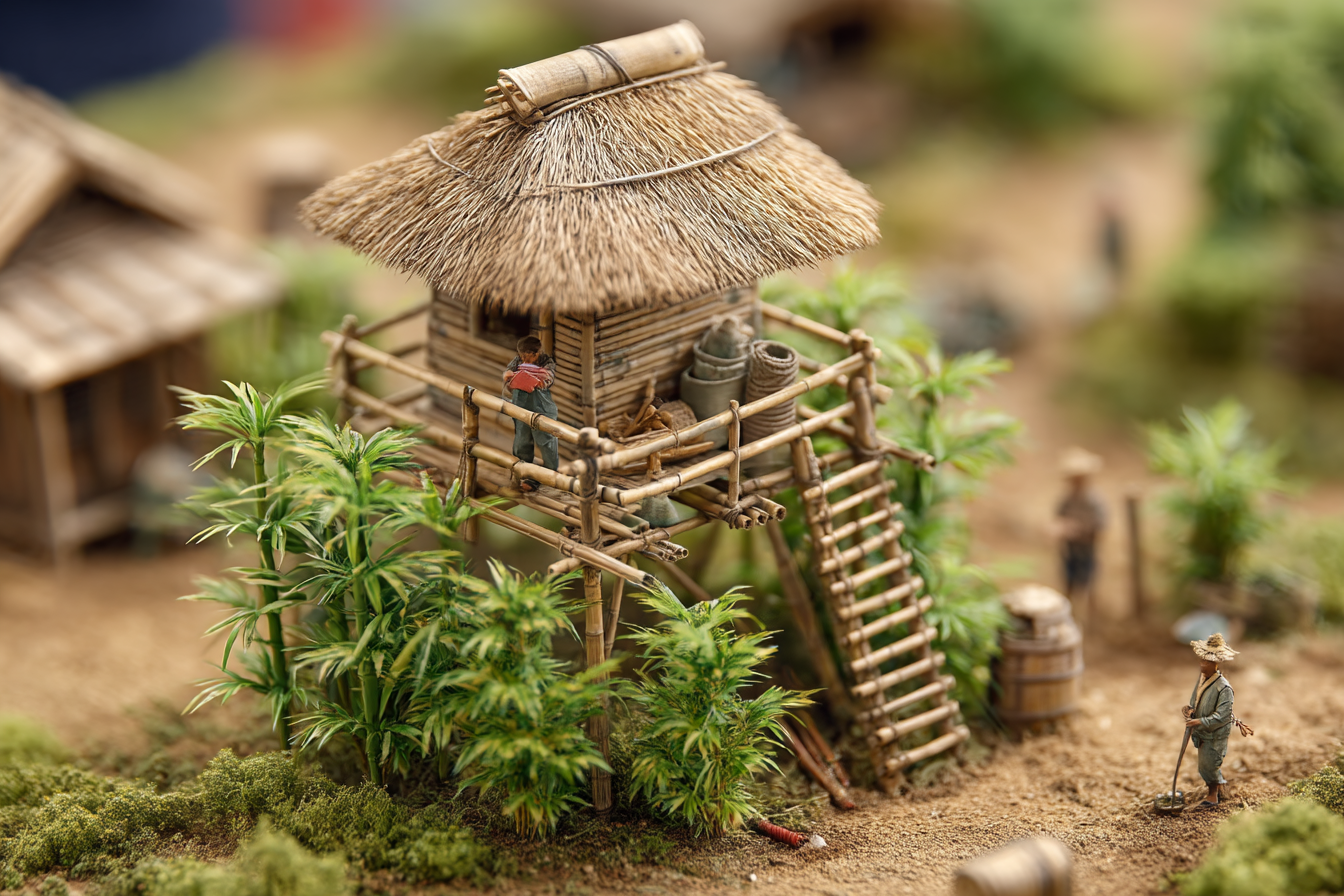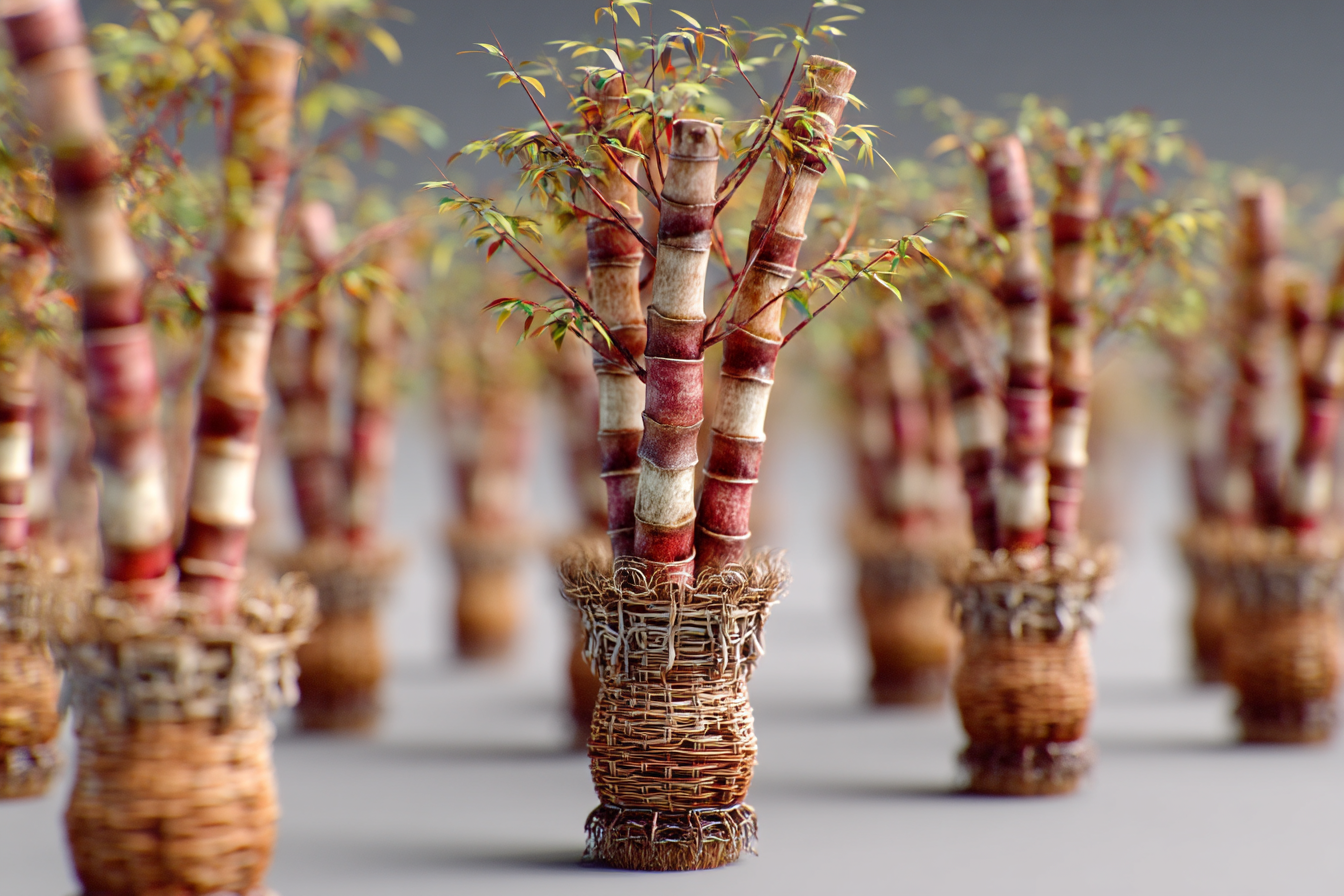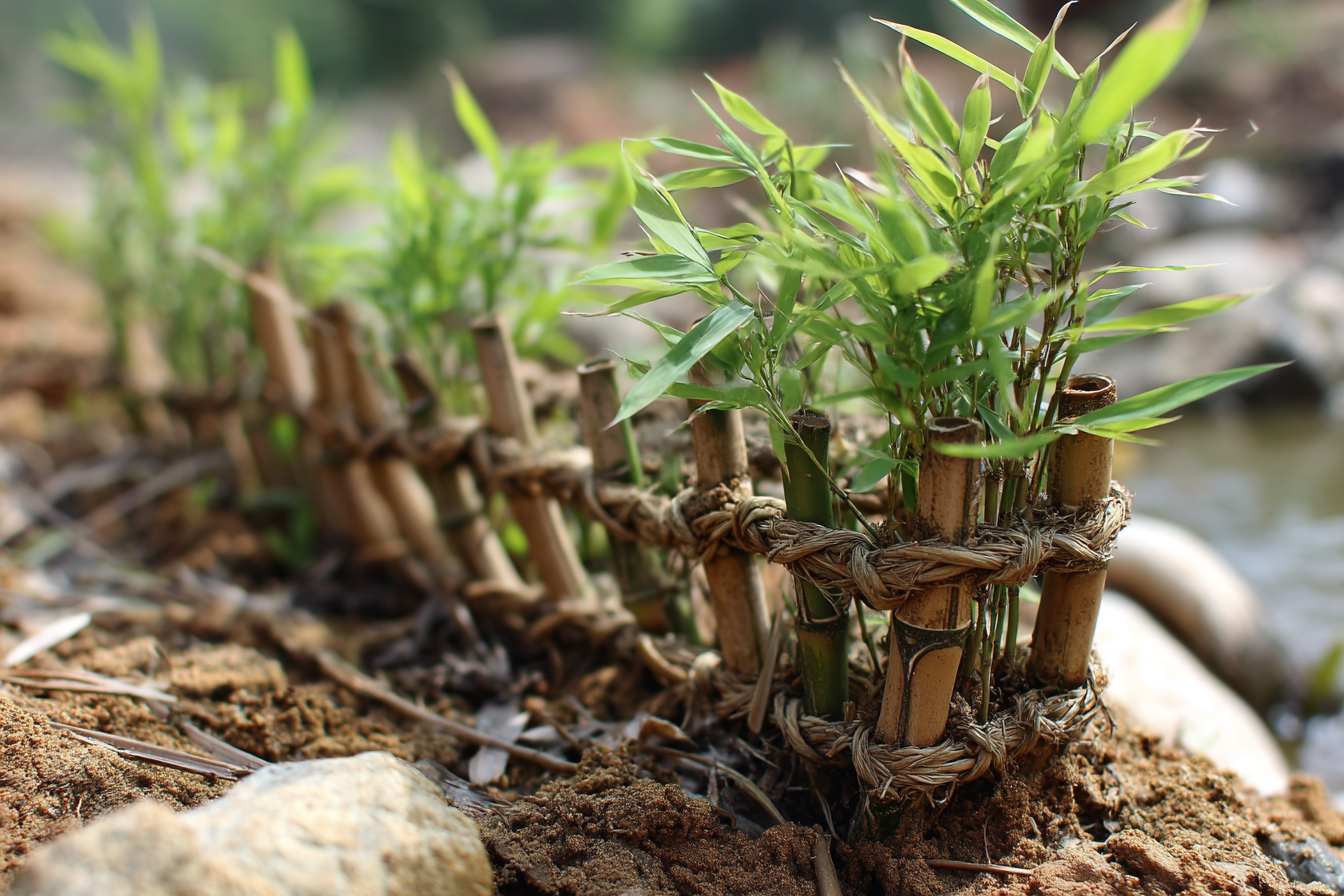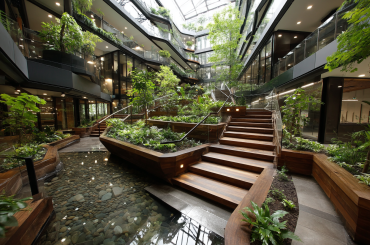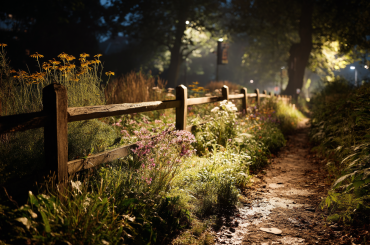My neighbor Geoff won’t speak to me anymore. It’s been three years since The Bamboo Incident, as it’s now referred to in hushed tones at community garden meetings, and he still gives me the cold shoulder at the corner shop. To be fair, I probably deserved it. The running bamboo I’d enthusiastically planted along our shared fence line had made a midnight raid into his immaculate garden, sending up shoots through his prized dahlia bed like some kind of vegetable invasion force. By the time he noticed, the rhizomes had established an impressive underground network, and those innocent-looking shoots were emerging everywhere from his lawn to the cracks in his garden path.
“It’s like The Day of the Triffids over here!” he shouted over the fence one Saturday morning, waving a bamboo shoot at me accusingly. I’d tried to explain the difference between running and clumping varieties, offering to install a proper rhizome barrier, but the damage to both his garden and our neighborly relations was already done.
That spectacular failure was my introduction to what has since become one of my most rewarding sustainability projects: small-scale bamboo cultivation. The lessons from that first disaster (always, ALWAYS use proper containment methods for running bamboo) formed the foundation of what is now a thriving bamboo grove that provides material for everything from garden stakes to furniture without contributing to the deforestation associated with commercial bamboo harvesting.
I’m not suggesting everyone immediately convert their garden into a bamboo plantation—though I can think of worse uses for the space than growing a rapidly renewable resource that sequesters carbon, produces oxygen, and can replace environmentally problematic materials. What I am suggesting is that for those with suitable space and climate conditions, small-scale bamboo cultivation represents an opportunity to produce a genuinely useful material right in your backyard. And with proper planning, your neighbors won’t even need to file a restraining order against your plants.
First things first: species selection is absolutely critical. This is where I went catastrophically wrong with poor Geoff. Bamboo broadly falls into two categories: running (monopodial) and clumping (sympodial). Running varieties, as Geoff learned the hard way, send out underground rhizomes that can travel impressive distances before emerging as new shoots. Clumping varieties, by contrast, expand gradually outward from the original planting, creating discrete clumps that are much easier to control.
For small gardens or anywhere near property boundaries, I now adamantly recommend clumping species only. Varieties like Fargesia rufa or Fargesia murielae create beautiful, well-behaved clumps that expand maybe 5-10cm per year rather than launching underground expeditions into neighboring territories. They’re generally smaller than their running cousins, typically maxing out at 3-4 meters, but for most home uses, that’s plenty tall enough.
If you’re blessed with more space or have your heart set on the impressive height of timber bamboos (which are mostly running varieties), you absolutely must install proper containment. And by proper, I don’t mean those flimsy plastic barriers available at garden centers, which determined rhizomes view as merely a brief obstacle in their quest for garden domination. I mean high-density polyethylene (HDPE) barriers at least 60cm deep, with the top edge extending 5-10cm above soil level to prevent rhizomes from simply growing over the top. My current setup uses repurposed HDPE pond liner buried 70cm deep around a small grove of Phyllostachys nigra (black bamboo) with zero escapees in four years—a fact I make sure to mention to Geoff whenever I see him eyeing my garden suspiciously through his curtains.
Climate considerations matter enormously too. While there are bamboo species suited to most temperate and tropical regions, not all will thrive in British conditions. After my initial disaster, I consulted with David at the bamboo nursery in Sussex who patiently explained that I’d not only chosen a running variety but one particularly ill-suited to our wet, clay-heavy soil. He pointed me toward more appropriate options—primarily hardy Fargesia varieties that can handle our soggy winters and relatively cool summers without throwing a botanical tantrum.
Site preparation is another crucial element I wish I’d understood before my first attempt. Bamboo generally prefers slightly acidic, well-draining soil with plenty of organic matter. My heavy clay required significant amendment with compost and even some sand to improve drainage. I also created slight mounds for each plant to prevent waterlogging during our notoriously wet winters. The difference in growth rates between my first ill-fated plants and the properly sited ones was remarkable—healthy specimens can put on incredible growth during the growing season when their conditions are right.
The magic truly begins once your bamboo is established, typically after 2-3 years. That’s when you can start harvesting this remarkable resource. My first proper harvest was almost emotional—cutting mature culms (the proper name for bamboo stalks) from a plant I’d grown from a small starter felt like completing some ancient agricultural cycle. I’d finally produced a genuinely useful material from my own garden, and the plant would simply replace what I’d taken with new growth the following season.
Harvesting technique matters significantly for both plant health and material quality. I harvest during late winter (January-February), when the plants are dormant and sugar content in the culms is at its lowest, which reduces the risk of insect infestation in the cut material. I select only mature culms (typically 3+ years old), which you can identify by their fuller color and often by the presence of lichen or moss. Using a fine-toothed saw, I make cuts just above a node and as close to the ground as possible. The first few times I did this it felt strangely brutal, but bamboo is remarkably resilient—in fact, regular harvesting of mature culms actually improves the health of the grove by making room for new growth.
What follows harvest is where the real craft begins—turning those raw culms into usable material. Fresh-cut bamboo contains starches and sugars that make it attractive to insects and fungi, so proper treatment is essential. After much experimentation (and one particularly disastrous batch that developed an impressive mold garden), I’ve settled on a modified traditional approach.
For smaller diameter culms destined for garden use, I cure them by standing them upright in a bucket of borax solution (about 1 part borax to 20 parts water) for about two weeks, letting the culms draw the solution up through capillary action. For larger material intended for furniture or structural uses, I’ve built a simple heat treatment setup using an old water tank and propane burner that allows me to maintain the bamboo at around 90°C for about an hour, which modifies the starches and provides decent protection. I’m still experimenting with this process—some traditional methods involve smoking the bamboo or even burying it for extended periods, approaches I haven’t had the patience to try yet.
Drying follows treatment and requires considerable patience—something I’m not naturally blessed with, as my partner Sam will attest. Properly dried bamboo is stronger and less likely to crack or split during use. I arrange treated culms in a well-ventilated, covered area out of direct sunlight, with spacers between each piece to allow airflow. The drying time varies wildly depending on diameter, ambient humidity, and intended use, but generally takes between one and three months. I’ve ruined plenty of potentially beautiful material by rushing this stage, so I’ve learned to write the harvest date on each culm with a marker to prevent my impatient self from using them prematurely.
What can you actually make with home-grown bamboo? The list is surprisingly extensive. My earliest successful projects were simple garden implements—stakes for climbing plants, bean teepees, and trellises that have outlasted their store-bought equivalents by years. As my skills and confidence improved, I graduated to small furniture pieces—a side table, plant stands, and even a surprisingly comfortable meditation bench. My most ambitious project to date was a small garden pavilion built using a combination of my own bamboo and some larger diameter pieces sourced from a local grower (because even my bamboo enthusiasm has its limits, and I recognize that my modest urban garden will never produce timber-sized culms).
The learning curve has been steep and occasionally humiliating. My first attempt at bamboo joinery resulted in a plant stand that dramatically collapsed under the weight of a small fern, sending pottery shards across the patio during a garden party. I’ve split more culms than I care to count by drilling too close to nodes or using improper tools. But each failure has been instructive, and there’s something deeply satisfying about the growing collection of functional, beautiful objects made from material I’ve grown and harvested myself.
The ecological benefits extend beyond just producing a renewable material. My bamboo grove has become an unexpected wildlife haven, providing nesting sites for small birds and shelter for various beneficial insects. The dense leaf litter it produces decomposes into rich mulch that has noticeably improved soil quality throughout my garden. And there’s something deeply calming about the sound of bamboo leaves rustling in even the slightest breeze—a meditative whisper that transforms the acoustic landscape of my small urban plot.
Not everything has been smooth growing, of course. Besides the Geoff situation (which I still feel guilty about), I’ve faced other challenges. A particularly harsh winter two years ago resulted in significant leaf burn on most varieties, though they recovered remarkably by midsummer. I’ve battled bamboo mites that caused unsightly speckling on the leaves of my Fargesia, eventually resolving the issue with repeated applications of neem oil spray. And I’ve learned that even clumping bamboos require occasional maintenance to keep them within bounds—typically dividing the clumps every 5-7 years to prevent them becoming too dense.
Maintenance is actually less intensive than many other garden projects once plants are established. I apply a thick layer of compost around the base of plants in early spring, followed by a good mulch layer to retain moisture and suppress weeds. Occasional deep watering during prolonged dry spells is essential for the first few years, but mature groves are surprisingly drought-tolerant once established. The most regular task is simply removing any dead culms and thinning the grove to maintain good air circulation, which helps prevent fungal issues.
For those intrigued but hesitant to commit garden space to bamboo cultivation, I suggest starting small with a single well-contained clumping variety. Fargesia rufa is my top recommendation for beginners in the UK—it’s hardy, well-behaved, and produces useful material despite its moderate size. Plant it in a large container if you’re particularly nervous about spread, though this will limit its ultimate size and yield.
Budget-wise, establishing a small bamboo grove is frontloaded with costs that rapidly diminish over time. Quality starter plants from specialist nurseries aren’t cheap (expect £25-40 for a decent-sized plant), and proper containment materials add to initial expenses. But once established, ongoing costs are minimal, and the yield improves year on year as the grove matures. When you consider that a bundle of imported bamboo garden stakes can easily cost £15-20, and more specialized bamboo products command premium prices, the economics become increasingly favorable with time.
The satisfaction of working with material you’ve grown yourself transcends mere practicality. There’s a connection to the full cycle of growing, harvesting, and crafting that’s increasingly rare in our disconnected consumer culture. I know the history of each piece I work with—which plant it came from, when it emerged as a new shoot, how many seasons it grew before harvest. That embedded story adds a dimension to the resulting objects that no purchased material can match.
I’ve since made peace offerings to Geoff in the form of bamboo garden structures for his dahlias and a steady supply of stakes for his vegetable plot. He’s not quite ready to forgive completely, but I caught him admiring the bamboo arbor I built for my climbing roses last week, so I consider that progress. And I make sure to inspect the boundary between our gardens regularly, shovel in hand, ready to intercept any adventurous rhizomes before they can launch another cross-border incursion.
If you decide to embark on your own bamboo growing adventure, learn from my mistakes: choose appropriate species, install proper containment from day one, and maybe—just to be safe—don’t tell your neighbors what you’re planting until you’ve proven you can keep it under control. The rewards of growing this versatile, renewable resource at home are substantial, but as with so many worthwhile endeavors, success lies in the careful planning rather than just enthusiastic planting. Just ask Geoff.
